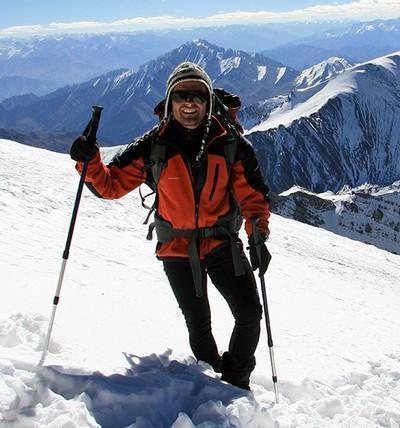If you're a beginner snowboarder, there are a few things that you should not do. They may sound silly, but if you do them, you'll have no chance of mastering the sport and being a pro. Read on to discover which mistakes you should avoid, and which ones you should be sure to do right.
Shifting Your Weight Between Heel and Toe
One of the first things that you will learn when attempting to ride a snowboard is the art of shifting your weight between heel and toe. This is a necessary step if you want to be able to make turns and control your speed down the fall line. When you're learning how to perform a switch, you'll want to be even more careful with your weight.
To properly shift your weight, you'll need to have a good stance. If you're a beginner, you may feel slow when your weight is in the back seat. However, a good stance will allow you to move your feet efficiently and comfortably.
Your stance is important for many reasons. The width of your stance can also affect the difficulty of weight shifting. You should also take into consideration the angle of your stance when you're trying to achieve the optimum weight shift.
Leaning Forward While Riding Your Toe
When you ride your snowboard, leaning forward is important. It keeps you stable and helps you ride faster downhill. However, if you lean too much, you could slip. Leaning forward isn't always necessary, though. You may prefer a wider stance, or have a different way of riding.
Getting the right stance is important for all-mountain snowboarding. If you're a new rider, you'll likely have a difficult time finding your natural stance. Instead, you'll have to try a few different stances until you find the one that feels most comfortable.
When you're a beginner, it's best to use a duck stance. This stance has positive binding angles in front and negative binding angles in back.
Riding a snowboard with your legs too straight can cause you to fall. Keeping your legs in a tight stance can also make you lose balance. To get the most out of your stance, bend your knees as you lean toward the board.
Sideslipping Down the Mountain
If you are a beginner snowboarder, you probably side slipped down the hill. This is a great way to test your limits and learn a few tricks, but it is also dangerous and could ruin the snow for others. It is best not to do it. Luckily, there are other techniques to stomp down the slopes without ruining the snow.
You can do several tricks, but the most important thing to remember is to keep your feet relaxed. This is because you need to stand up on the toe side of the board. Your toes are much easier to lift off the ground than your backside, so you will be able to do this trick.
The other trick is to do a speed check. This is a method for slowing down when approaching a jump.
Falling Leaves as a Training Technique
If you're a novice snowboarder, you'll be pleased to know that there's more to a snowboard than a chair and a board. Learning how to properly handle the terrain, and doing so efficiently, is a challenge all its own. You may want to consider signing up for lessons. There are a variety of options available, from private and group to online and on-site.
One of the most enjoyable parts of snowboarding is the awe of the surrounding vistas. This is especially true when you're riding in a group or taking a lesson. Whether it's a wide open expanse of white, or a narrow path carved through the woods, you'll find yourself savoring the moment.
The 'falling leaf' is a popular training method. To make it work, you need to be careful to keep your balance and the skis flat. Once you're in position, you'll want to make use of your free foot by scooting away.
Freestyle Snowboarding Is Dangerous
Snowboarding is a sport that has grown rapidly in the last three decades. It is also one of the most dangerous sports. During the winter Olympics, there is a high level of competition and athletes often get injured.
Freestyle snowboarding is a highly technical and extreme sport. Some of the most dangerous events include the half-pipe, which combines speed and jumps, and the snowboard cross, which has a high injury rate.
Most snowboarding injuries occur during falls. These falls can be triggered by bumps or lumps in the snow. Having the right equipment can help mitigate these risks. Another way to minimize the risk is to wear a helmet and cover faces.
Compared to alpine skiing, freestyle skiing has a higher injury risk. Although it is not the most dangerous winter sport, the risk of severe injury is comparable.





